Ljubljana related
This week's photo is of of Cobbler's Bridge / Shoemaker's Bridge / Cevljarski most, one of the prettiest in Ljubljana, and - as you might be able to guess from the columns - another of Jože Plečnik's contributions. Note that this view comes from Fishmarket Footbridge, a more recent and easy to miss structure between Shoemaker's and the Triple Bridge, but a structure that's one of the best photo spots in town.
It comes to us from Xenia Guzej, who lives and works in Ljubljana and shares her love of the city on Instagram, with a page called ljubljanamylove, where you can also find this earlier picture of the week, showing the bridge in another season.
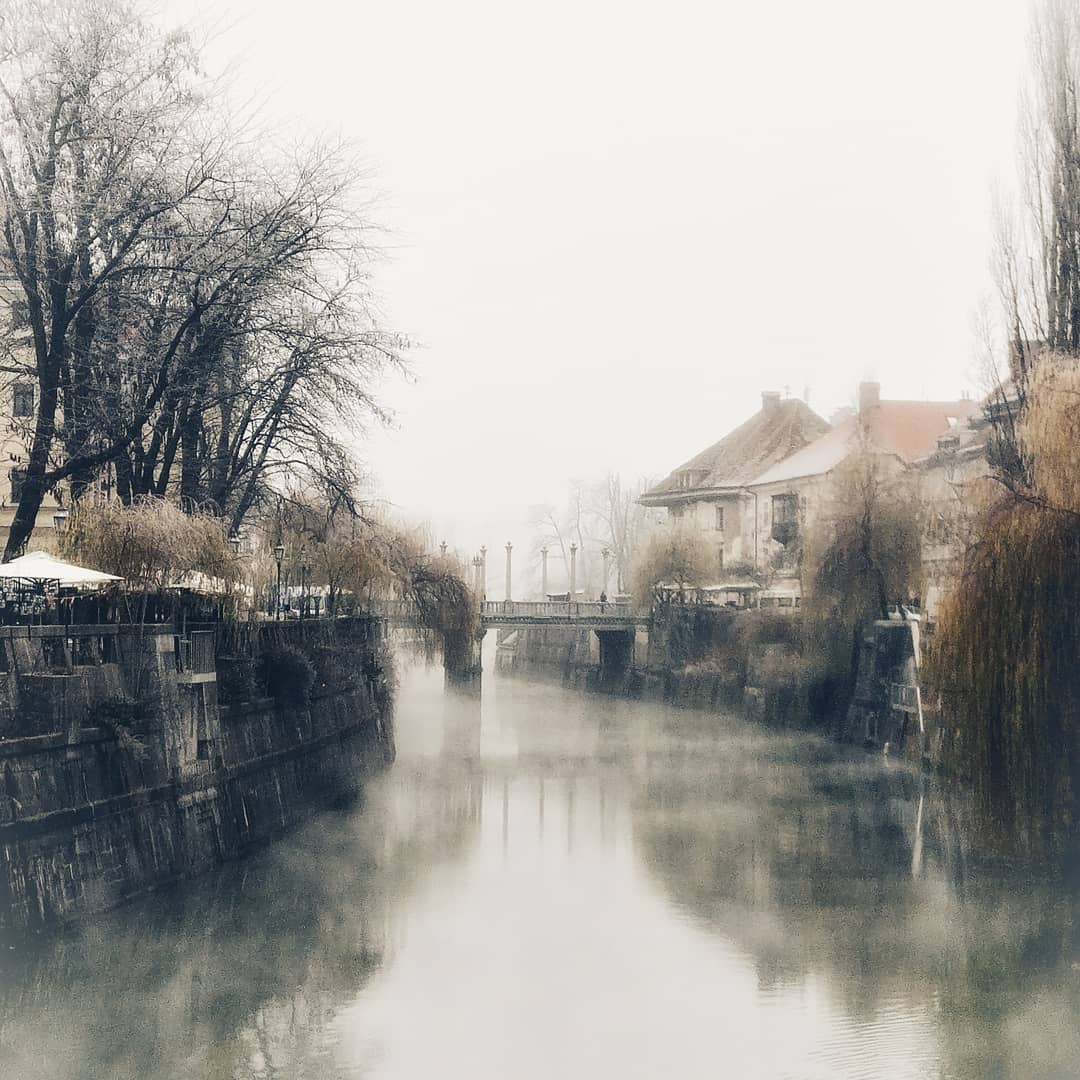
April 1, 2019
In 2007 Slovenia celebrated the 50th anniversary of the death of Slovenia’s greatest architect, Jože Plečnik. In the same year an inter-ministerial commission was established to carry out the strategy of the protection of cultural and natural heritage, following the 1972 UNESCO recommendation and other legal international commitments for preservation of civilizational achievements.
One of the stages of this process was to prepare a preliminary list of potential world heritage candidates, and in this process all of Plečnik’s work in Ljubljana was declared cultural heritage of national importance in 2009, hence becoming a possible candidate for UNESCO civilisational heritage protection list. In his lifetime Plečnik’s architecture marked several of Central European cities significantly, in particular Ljubljana and Prague. Since the international positioning on the works of the 20th century is pretty much unclear at the moment, so is the process of recognising Plečnik's work, which was submitted for evaluation in 2015, including one work in Prague and a colleciton of works in Ljubljana.
Regardless of the civilisational prospects of Plečnik’s nomination for UNESCO status, his entire Ljubljana work was declared cultural heritage and of national importance in 2009, and part of that heritage is Central Bežigrad Stadium, the construction of which spanned over the second half of the 1920s and into the 1930s.
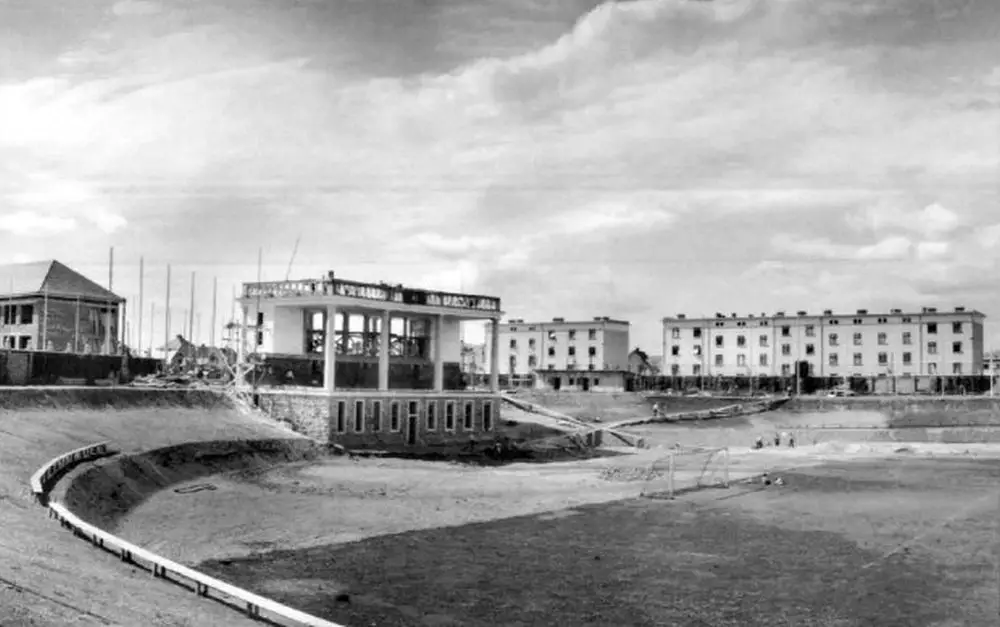
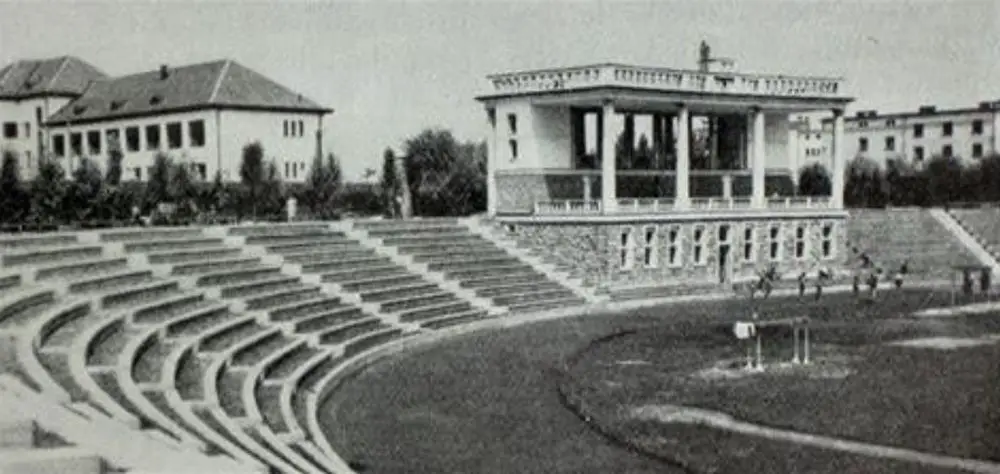
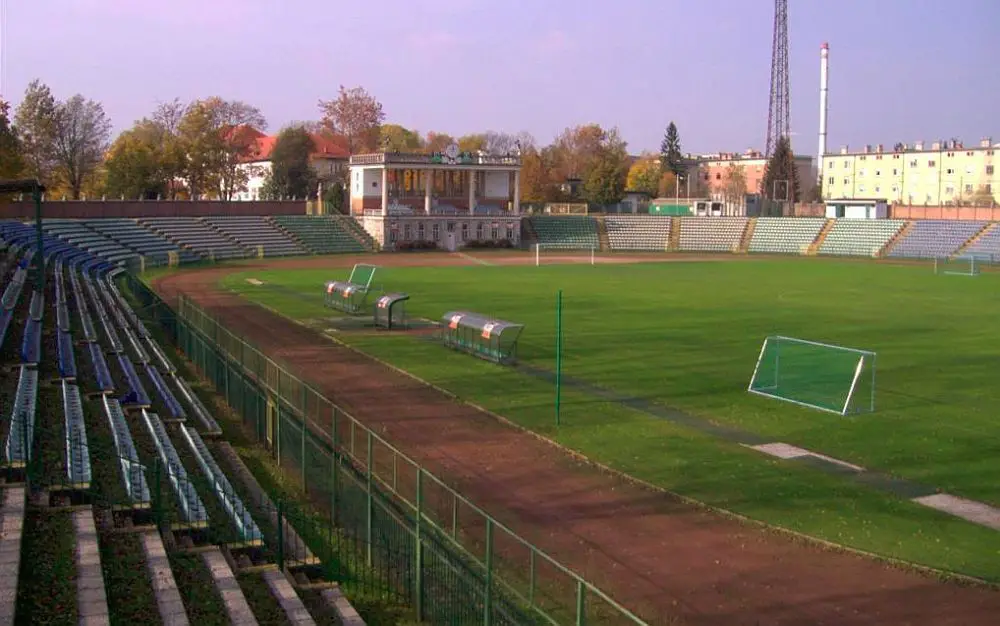
Moreover, in 2007 Ljubljana and Slovenia in general were suffering from the lack of a stadium that could host a major sports event and provide roofed tribunes for an adequate number of spectators. Providing the capital with such a venue was one of the 2006 local election campaign promises of Zoran Jankovič, Ljubljana Mayor since 2006.
In 2007 the city government of Ljubljana (MOL) found an interested investor for the reconstruction of Plečnik’s Stadium, a slot machine baron Joc Plečečnik, who also owned a gambling salon in Grosuplje and the Hotel Lev’s Casino until 2018, when they were sold to Austrian gambling giant Novomatic. According to Peter Rondaij’s open editorial for Dnevnik, Pečečnik’s interest in renovating the stadium was strongly related to his attempts at a Nevada (USA) non-restricted gambling licence, which would have been (and eventually was) granted to him on the condition of his general good track record that also involved a proof of active engagement in the field of culture.
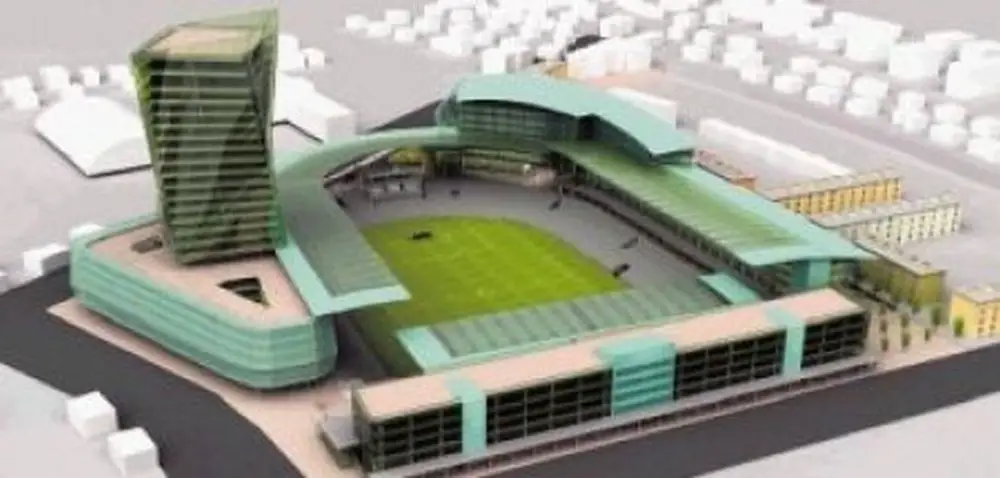
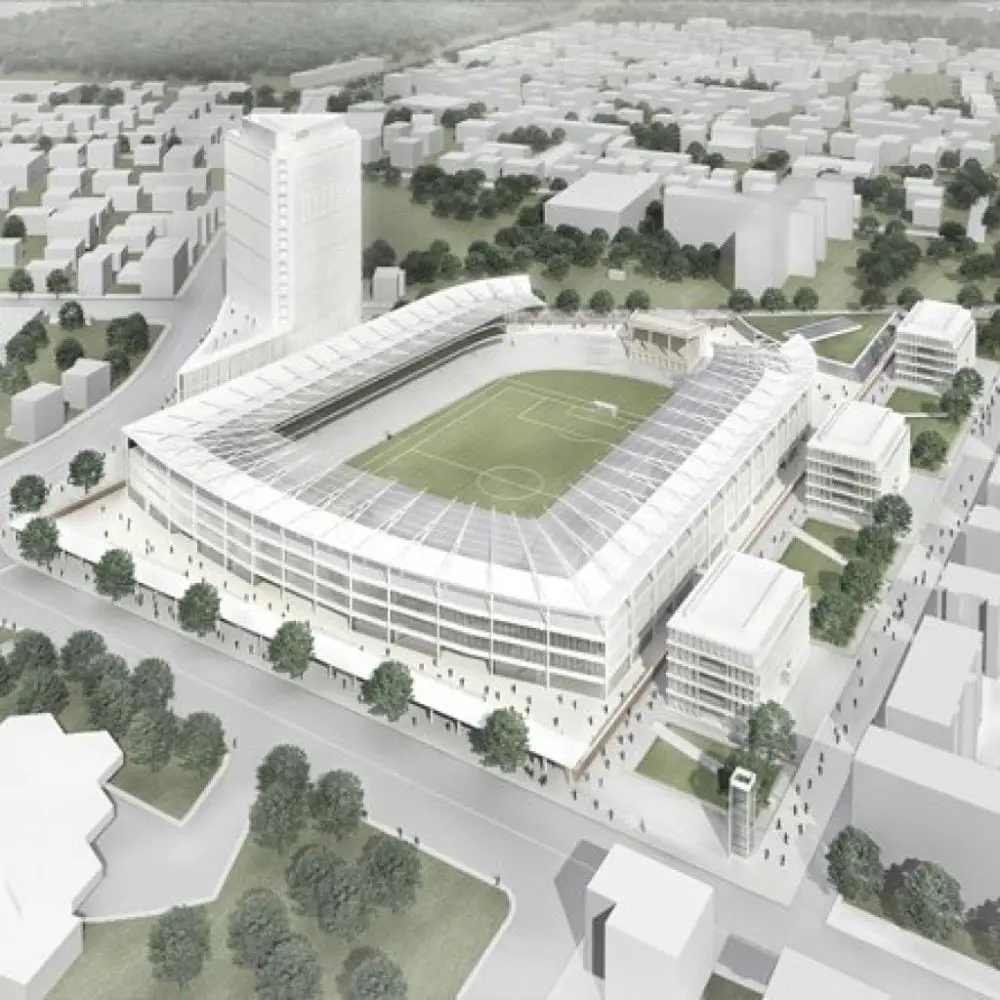
The winner of the public competition for the reconstruction of Plečnik’s Stadium 2009, designed by the German architectural studio GMP, was based on detailed urbanistic plans drawn-up by city Vice-Mayor Janez Koželj half a year later. The inspiration for the spatial planning seems to be heavily influenced by Pečečnik’s original plans for a skyscraper and a vast commercial area spreading deep underground. In the original plans five, not three, commercial buildings were intended by the northern wall of the stadium, currently hosting public gardens that have been in public use since the neighbourhood was built in the 1930s.
In October 2007, Bežigrad Sports Park Ltd. was established with the main shareholder being Pečečnik’s GSA (59%), the City Government of Ljubljana (28%) and Slovenian Olympic Committee (13%), the latter two contributing their shares in land. The property was immediately closed to the public using a construction fence and the project seemed to have proceeded without much need for either transparency or participation on the side of the public. Starting immediately after the fencing of the premises, citizens living nearby could only observe how the first thing to happen behind closed walls in December 2007 was the removal of floodlights and grass surface altogether, along with the drainage system. Part of a southern wall was demolished so that heavy trucks could get in and out. At the beginning of 2008, local residents also reported that all copper gutters and drain pipes has been removed from the gloriette, which was also reportedly deprived of its electric installations and then left with windows and doors open, which was done, according to speculation of the locals, to let vandals in so that they could destroy what the weather and time would not. According to Rondaij, this approach isn’t new. With “self-demolition” of protected buildings investors can clear a prime location for any development they want.
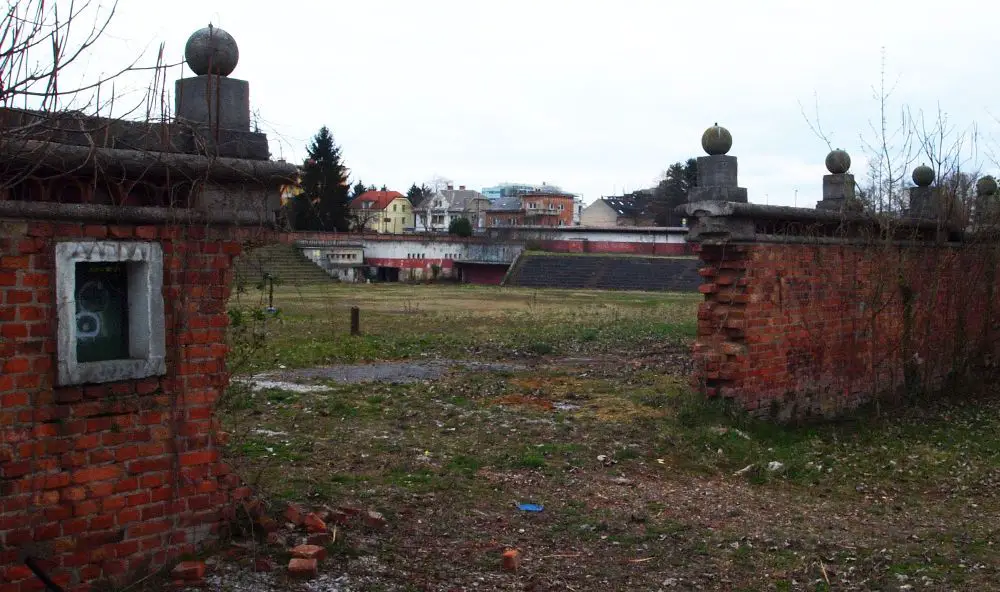
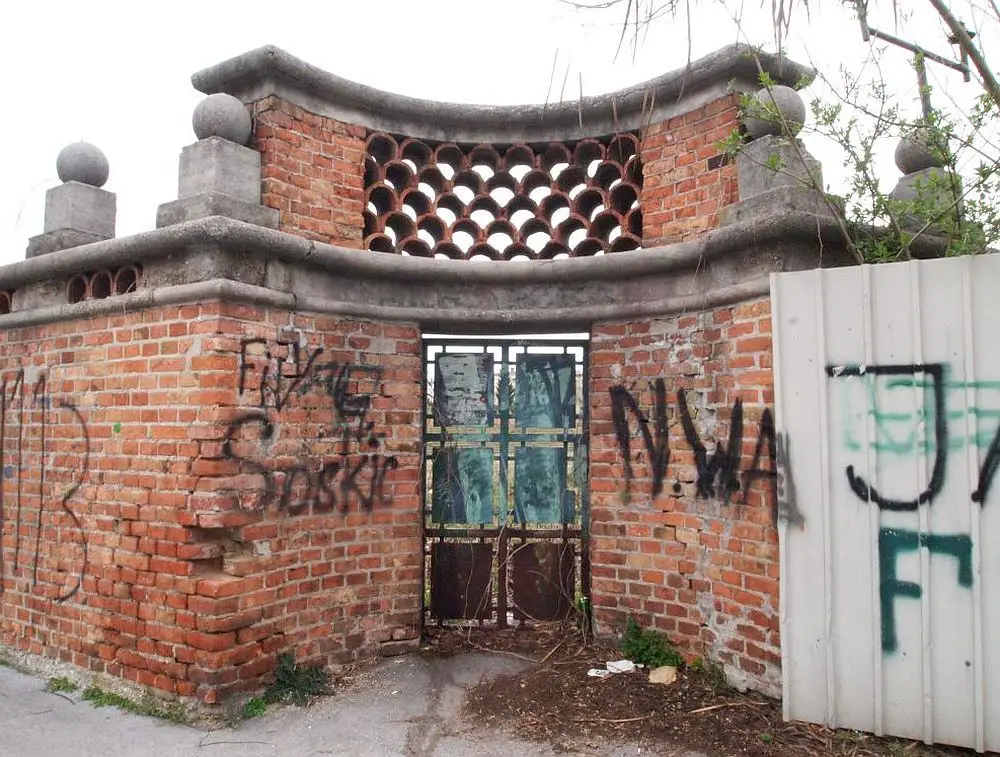
Meanwhile, in March 2008 an agreement was signed for another sports centre in a much more appropriate location for hosting masses of sports fans and concert goers. Right next to the highway ring-road of Ljubljana, a stadium and another roofed hall has already been completed and pretty much functional since 2010 in Stožice. With these facilities in place, the urgent need for a sports centre ceased to exist and the arguments for another such complex in the downtown area of a “green” capital that aims to replace dirty traffic with bicycle lanes and trees doesn’t seem to hold much water. Especially since this concrete moneymaking monster with several football field sized floors of parking lots is supposed to grow above and under a monument of protected cultural heritage.
The whole process seems to have taken a few shortcuts, one of them being the circumvention of the affected public, in particular the Fond community dwellers, who were left out of all discussions. In 2009 new spatial plans were shown to them which is how they learned that they would lose their gardens and views. The city government gave up the land as its 29% investment in Bežigrad Sports Centre Ltd. It was only from these plans, drawn up without alerting the general public, that one resident even found out that her house was set for demolition (source).
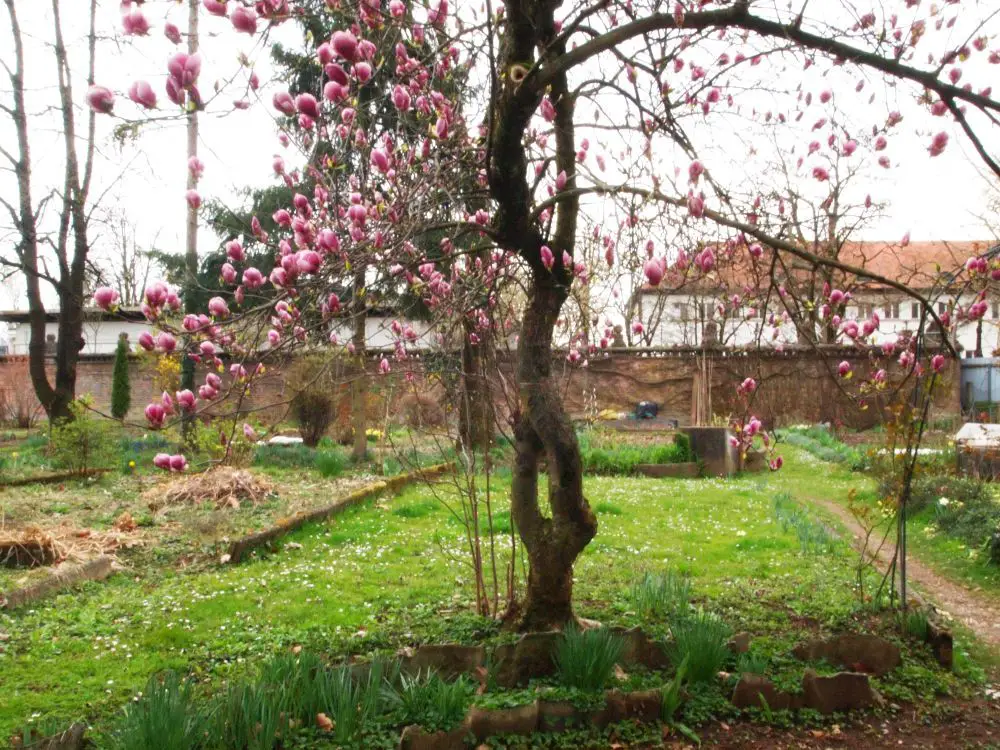
How a polarising project like this can continue to survive into the present is a mindboggling question. One of the explanations worth mentioning has been explored in detail in a graduation thesis, written by Danaja Visković Rojs. In short, the thesis contextualises the problem into the weak political culture of transitional societies, in which representatives lack the understanding of the nature of legitimacy of their governing jobs. Public participation in important decision-making processes, such as spatial planning, is a fundamental ingredient of democratic societies, something leaders of countries in transition to democracy find difficult to understand, instead taking their role of decision-makers as absolute. In return they lose the legitimacy of their political leadership, which they tend to compensate for with proofs of legality, exacerbating the conflict further.
In 2010 Zoran Jankovič, the Mayor of Ljubljana explained to Delo why the project continues to persis: while the city government contributed only land and wouldn’t lose anything by the contract ending, Joc Pečečnik invested money and would therefore lose €15 million if the project didn’t get through, which wouldn’t be fair to him. Which method of accounting brought Pečečnik to this number, Mayor Jankovič did not explain. The list of maintenance costs according to the official project’s website amounts to only €77,500. Yet the Mayor of Ljubljana seems to have a greater understanding for the interests of the city’s business partner, by now a “small king” of Las Vegas, rather than for the citizens who elected him.
Not surprisingly, in his interview for Delo Joc Pečečnik expressed great satisfaction with the city government’s collaboration, saying he has “no complaints” whatsoever. His take on Fond’s community protests, that are delaying the construction of the stadium, is simplistically legalistic with a neo-liberal newspeak definition of “public interest”: nobody has the right to interfere with his private property and it is the state’s duty to “protect the entrepreneur” and “allow him to create jobs and added value”. If someone out there wishes to use the stadium for “their own personal interest and (use it to) grow lettuce”, he has already offered to “buy his share for a very reasonable price”.
The city government and the Ministry of Culture told 24UR that they do not have the money to buy Pečečnik’s share. But do they even need to? They can simply leave the project and allow the lettuce continue to grow.
This week’s photo is a shot of Ljubljana’s Triple Bridge (Tromostovje) from an usual angle, showing off some familiar elements of Plečnik’s work in the city that you can see echoed in many other of its structures.
It comes from the lens of Gordana Grlič, a professional photographer who works out of Photo Pauli, on Trubarjeva cesta, and whose current projects include documenting everyday life on the most colourful street in the city.
STA, 4 January 2019 - Joc Pečečnik, the driving force behind the project to revamp a rundown Ljubljana sports stadium designed by Slovenia's best known architect Jože Plečnik, has not given up on the project just yet. After withdrawing a request for an environmental consent, he has filed for an integral construction permit, which is to speed up the project.
Although opponents of the project declared it dead and buried yesterday when it transpired that the investor, Pečečnik's Bežigrad Sports Park (BŠP), had withdrawn the request for the environmental consent, it seems that Pečečnik has only taken a new path to implement his plan.
Rather than pushing for the environmental consent as a precondition for a building permit, he has decided to request the integral construction permit under new legislation.
The Ministry of Environment and Spatial Planning confirmed for the STA that the BŠP had filed the request on 20 December in line with the amended construction legislation that stepped into force last year.
The procedure for integral construction permit combines the procedures of the environmental impact assessment and the issuing of the construction permit. The new legislation gives the ministry full power to decide on projects, completely leaving out the Environment Agency.
The procedure must also not take more than five months, not counting the period of public debate.
Neither Pečečnik nor the Slovenian Olympic Committee, which is involved in the project along with the Ljubljana municipality, would comment on the issue today.
The news first broke as the civil initiative that has been campaigning for the preservation of Plečnik's stadium in its original form announced on Thursday that the investor had withdrawn its request for the environmental consent, a precondition for a building permit.
The initiative welcomed the decision, labelling the move a sign that the project is now dead and buried.
According to the initiative, the investor too must have realised that the project was unacceptable because it would have caused environmental damage as well as destroy Plečnik's heritage. Pečečnik, the main investor, was unavailable for comment today.
But the head of the Olympic Committee, Bogdan Gabrovec, told the newspaper Delo last December that the renovation of the Plečnik stadium was a priority for him.
"It's a disgrace for all, for cultural heritage, the state and the city. The ten-year agony over construction plans, which are now in line with all environmental standards, has become harmful. This story must be solved one way or another in this term," he said in an interview.
If the project fell through, the Olympic Committee would lose some EUR 2.5m, which would plunge it into the red and that would be a big obstacle when applying to calls for applications, he said.
Ljubljana Mayor Zoran Janković told the press today he was convinced that Pečečnik was sticking with the project and that the civil initiative opposing the project had jumped to conclusions yesterday.
STA, 3 January 2019 - A project to revamp a rundown sports stadium in Ljubljana (Centralni stadion Bežigrad) that was designed by Slovenia's best known architect Jože Plečnik appears to be dead after the investor pulled out following more than a decade of tug-of-war with the opponents of the project.
The Bežigrad Sports Park (BŠP) company, the special purpose vehicle established by one of the wealthiest Slovenians, Joc Pečečnik, in cooperation with the Ljubljana city authorities and the Slovenian Olympic Committee, has withdrawn its request for the environmental consent for the renovation, the Environment Agency has confirmed for the STA.
According to the Environment Agency, the investor requested to be removed from procedure on 21 December. The procedure was stopped on 28 December giving all the parties 15 days to appeal the decision, the agency added.
The news first broke as the civil initiative that has been campaigning for the preservation of Plečnik's stadium in its original form announced on Thursday that the investor had withdrawn its request for the environmental consent, a precondition for a building permit.
The initiative welcomed the decision, labelling the move a sign that the project is now dead and buried.
According to the initiative, the investor too must have realised that the project was unacceptable because it would have caused environmental damage as well as destroy Plečnik's heritage. Pečečnik, the main investor, was unavailable for comment today.
The group hopes this will pave the way for a new solution that would restore the stadium to its original form, so it could be used for recreational sports and various events.
The stadium in the Ljubljana Bežigrad borough was designed by Jože Plečnik (1872-1957) in 1923. Built in several phases, its covered landmark VIP box was not added until 1935.
It was closed down for renovation in 2008, about the same time when the Stožice sports complex, also featuring a new stadium, was built on the outskirts of Ljubljana.
The investors had to fight off opposition from the get go, with the latest blow coming in late 2017, when the Environment Ministry again retracted the environmental consent, previously granted by the Environment Agency, upon an appeal by the civil initiative.
And another prize for sustainable tourism.
A (perhaps) surprisingly enjoyable tour.




